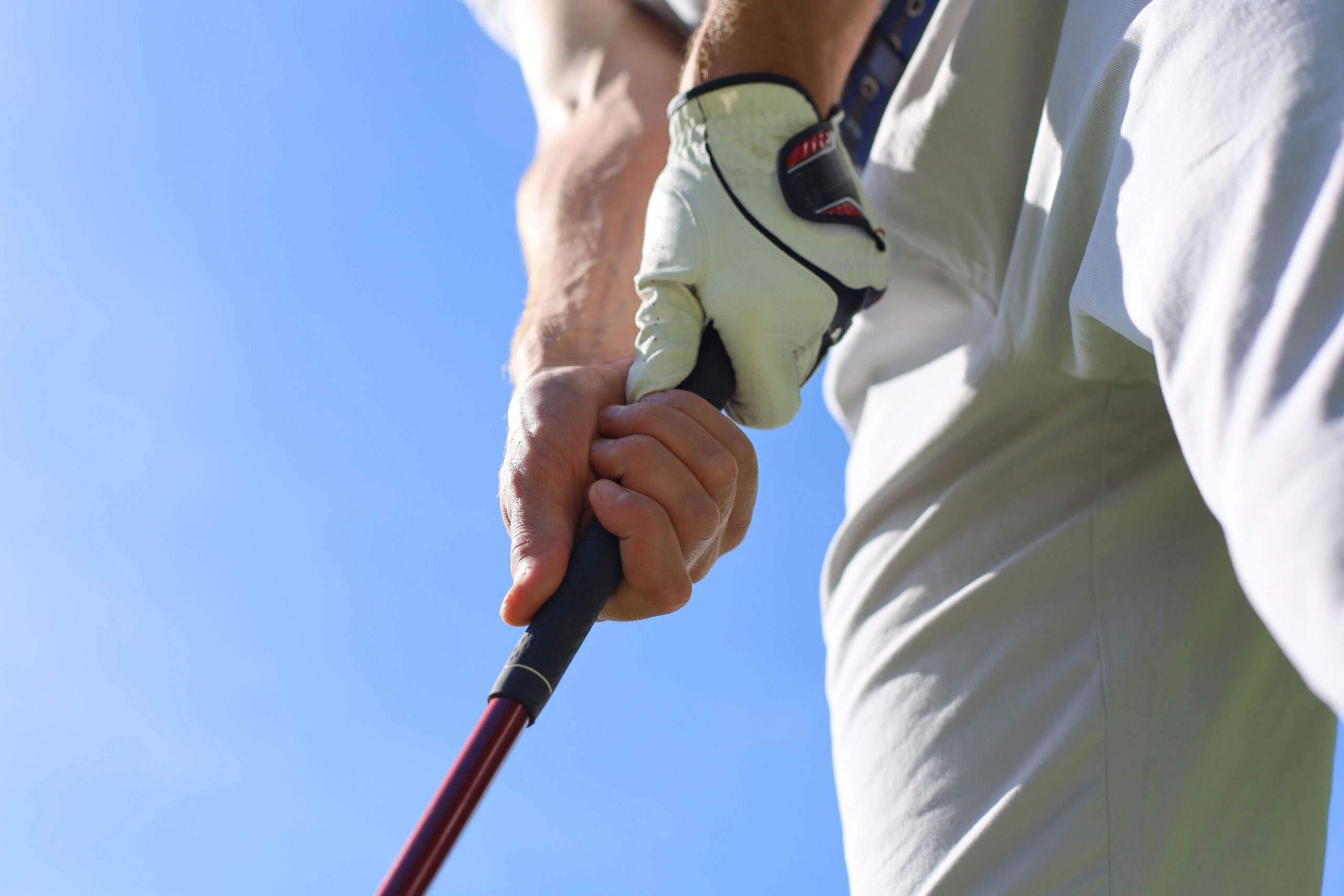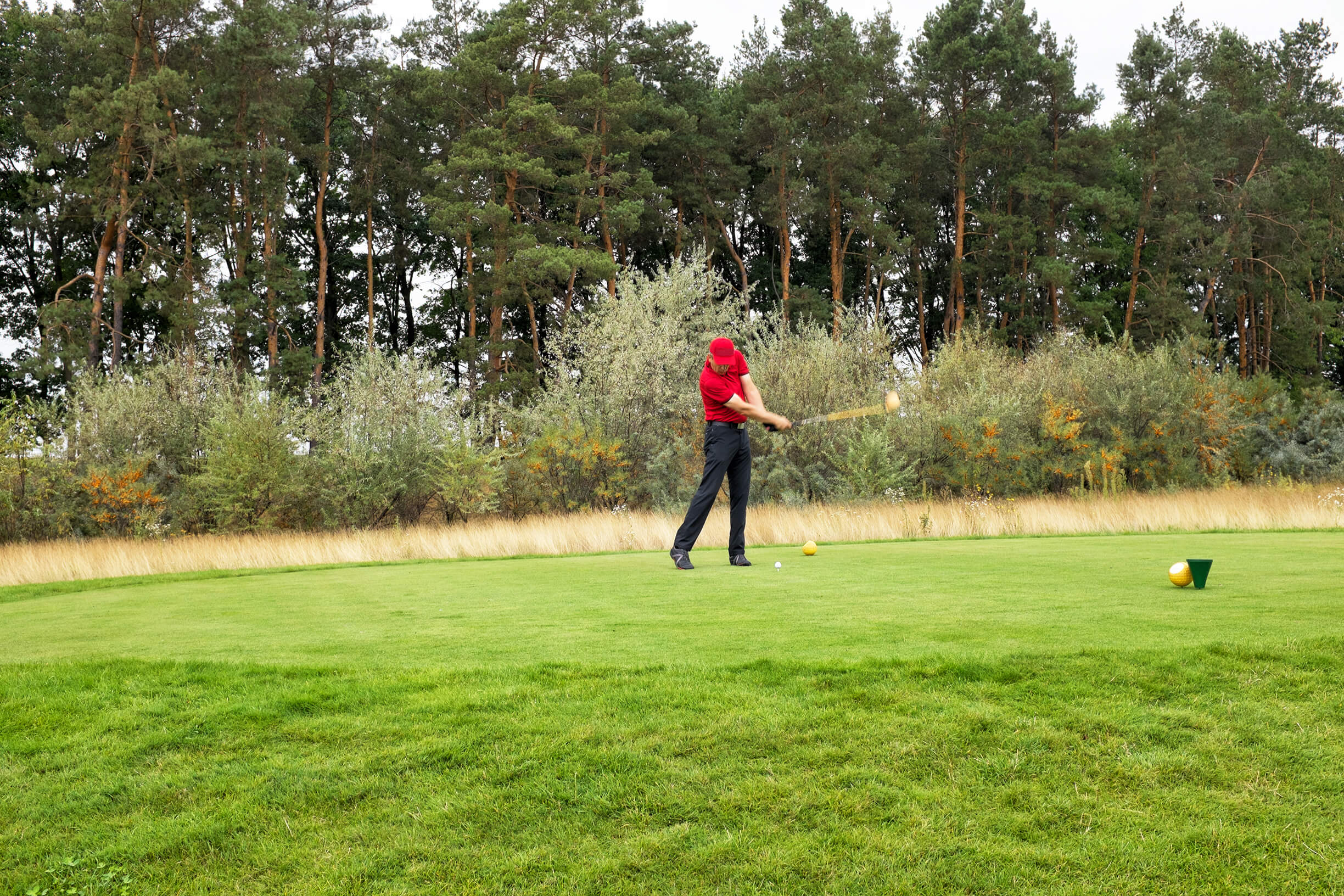For many players, hitting the ball farther and straighter is the ultimate goal, but achieving this can often feel elusive. However, with the right technique and practice, it’s entirely achievable.
One effective method to improve both distance and accuracy in your shots is by incorporating a swinging drill into your training regimen.
Understanding the Mechanics
Before delving into the swinging drill, it’s crucial to grasp the fundamental mechanics of a golf swing. A proper swing involves a sequence of coordinated movements that generate power and control.
Sometimes, that means just slowing down and feeling the shot, say the pros.
“I have a drill that I do often on the range and you’ll often see me before I hit a ball in a tournament, I’m often sort of rehearsing a feel. It looks like I’m putting the club way behind me,” says British PGA pro Justin Rose.
“And the reason I’m doing that is I’m trying to create the sensation and feel in my body that I need to hit the goal shot.”
These include the backswing, downswing, impact, and follow-through. Each phase requires precise timing, balance, and coordination to optimize clubhead speed and accuracy.
Swinging Drill: Step by Step
The following swinging drill is a valuable technique designed to refine your swing mechanics and promote consistency. Here’s a step-by-step guide to help you incorporate this drill into your practice routine:

Grip and stance: Begin by ensuring a proper grip and stance. Your grip should be firm yet relaxed, with your hands positioned neutrally on the club. Maintain a shoulder-width stance, with your feet parallel to the target line.
Backswing focus: Initiate the swing by smoothly bringing the club back, focusing on a full shoulder turn while maintaining a stable lower body. Avoid excessive tension in your arms and wrists, allowing for fluid motion.
Pause at the top: Once you reach the top of your backswing, pause briefly to check your positioning. Ensure that your club is parallel to the ground and pointing towards your target. This pause helps reinforce proper alignment and sequencing.
Downswing transition: Transition into the downswing by shifting your weight from your back foot to your front foot while maintaining a controlled tempo. Rotate your hips and torso towards the target, unleashing the stored energy from your backswing.

Impact zone: Focus on striking the ball with a square clubface, aiming for a crisp impact at the center of the clubface. Maintain a slight forward lean with your hands ahead of the ball to compress it efficiently.
Extension and follow-through: After impact, extend your arms fully, allowing the club to swing through the ball and towards your target. Complete the swing with a balanced and relaxed follow-through, with your body facing the target and your weight transferred onto your front foot.

Mastering the Drill
To maximize the effectiveness of the swinging drill and enhance your performance on the course, consider the following tips:
- Repetition is key to ingraining proper swing mechanics. Dedicate regular practice sessions to incorporate the swinging drill into your routine.
- Record and analyze your swing, perhaps using a cellphone on a simple tripod. Identify any flaws or inconsistencies and work on correcting them systematically.
- Improving your golf swing takes time and patience. Be prepared to endure setbacks and stay committed to continuous improvement.
- Consider seeking advice from a certified golf instructor who can provide personalized feedback and guidance tailored to your specific needs.
Incorporating a swinging drill into your practice regimen can be a game-changer in your quest to hit the golf ball farther and straighter. By focusing on the fundamental mechanics of the swing and dedicating yourself to consistent practice, you can unlock your true potential on the course.
